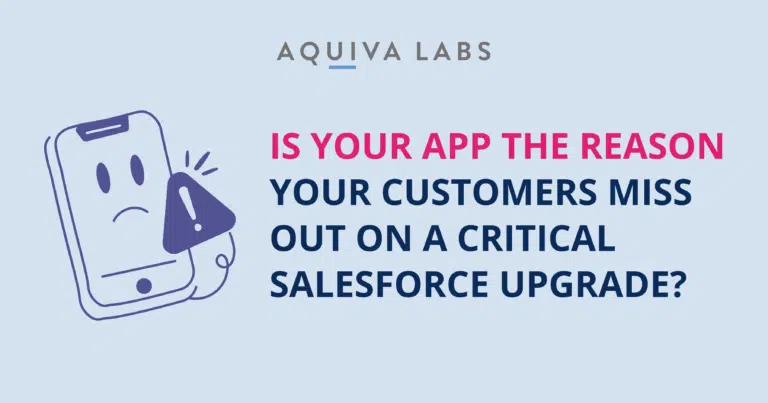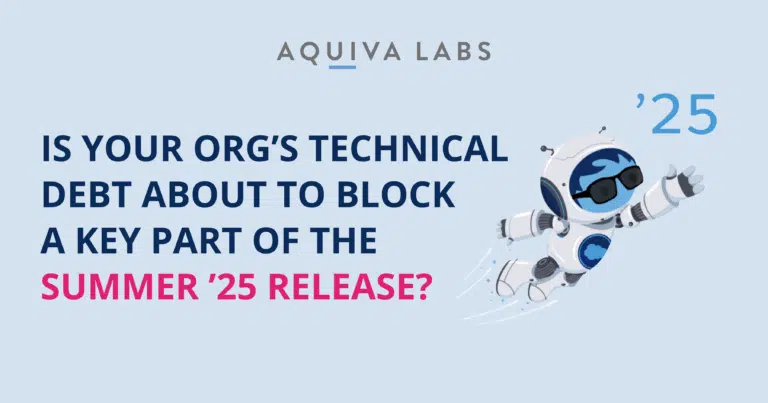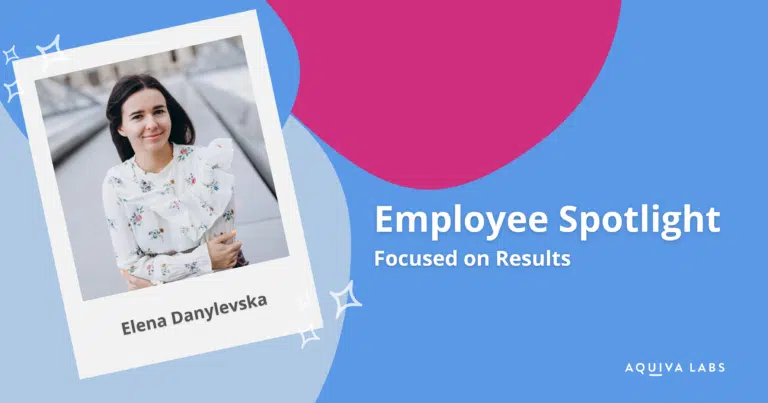Salesforce has released a major update to Agentforce pricing, replacing the confusing per-conversation model with a more flexible system that charges based on actions. The new model, called Flex Credits, reflects how businesses actually use AI agents and brings much-needed clarity for those investing at scale. It’s a step in the right direction.
I hear you saying that this change should have happened sooner, and I agree. Customers and partners have struggled to forecast cost, justify investment or scale pilots into production. Flex Credits correct this. They link spend to outcomes, support internal use cases and unlock far more granular insights into how Agentforce is used.
Flex Credits: What’s Changed
The headline change is simple: you now pay for what the agent does, not what it says.
Each action, e.g. updating a record, changing customer address, summarising a case, or retrieving appointments, costs 20 Flex Credits, or $0.10 (see Agentforce Rate Card and Pricing). Salesforce sells credits in blocks of 100,000 for $500. If the agent does nothing useful, no credits are used.
You can manage all this in the Digital Wallet, which tracks usage in real time across orgs, agents, and teams. Sandbox usage is discounted, and token limits help keep LLM costs in check.
For a breakdown of how these agents behave and how to get started, read Top 10 Best Practices for Building with Agentforce.
Three Pricing Changes
Salesforce introduced three changes that reshape how businesses deploy digital labour:
- Flex Credits (Available now)
- Metered pricing tied to discrete agent actions
- $500 per 100k credits
- Enables pilots to scale based on value delivered
- Track usage over time with Digital Wallet
- Available to all Agentforce customers now
- Flex Agreement (Available now)
- Lets customers shift budget between user licences and Flex Credits
- No early renewal required
- Helps balance investment between human and digital labour
- Editions (Coming Summer 2025)
- User editions powered by Agentforce
- We don’t know much about them as of yet (talk to your AE)
These changes align well with the broader shift to outcome-based automation. If you’re exploring the future of agent design, have a look at Agentforce 2dx: Salesforce’s Next Leap in Autonomous AI.
How It Works in Practice
When using Flex Credits, customers are billed per Action, with each Action defined as up to 10,000 tokens (roughly 8,000 words or 22 pages). Exceeding this token threshold in a single Action (standard or custom) results in multiple charges, e.g. processing 20,001 tokens equals three Actions. Actions are triggered only when the agent performs work; pure dialogue without execution does not incur costs. Standard Actions are provided out-of-the-box, while Custom Actions include anything created or modified by the customer (or partner). Both types are metered identically but may require licensing: some Standard Actions depend on Einstein for Sales or Service add-ons. Additionally, sandbox usage consumes Flex Credits at 80% of the production rate, and bringing your own LLM does not exempt customers from Flex Credit billing – they’re still charged for executed Actions and separately for their LLM provider usage.
Einstein Requests are no longer used when Actions are executed through Agentforce agents under Flex Credits. However, customers who invoke prompt templates outside of Agentforce (such as through Flow, Apex, LWC, or API) still consume Einstein Requests, not Flex Credits. Credits cannot be combined with Conversations; each org must choose one pricing model.
Customers cannot run both Flex Credits and Conversations in the same org. Overages are billed monthly in arrears at the agreed rate, and unused Credits expire at the end of the subscription term. That said, we’re hearing that Credits can be pooled across contracts for flexibility. It’s also worth noting that not all Actions are universally available – some are gated behind specific Cloud or Industry licenses, which Salesforce will clarify over time (talk to your AE). To avoid surprises, customers should proactively monitor usage via the Digital Wallet, configure overage alerts, and ensure their entitlements align with the Actions they intend to deploy.
Broader Impact: Cost, Trust and Sustainability
This pricing overhaul makes Agentforce usable at scale. It’s rational, transparent and finally tied to real business value. Customers and technology partners have spent the past year trying to map strategy to a model that didn’t support how AI is actually deployed.
That’s changed now.
For CIOs, architects and commercial teams, Flex Credits create room to test, expand and deliver measurable ROI. For partners, they open a direct link between what’s built and what’s billed.
And for Salesforce, they lay the groundwork for more strategic adoption of digital labour, something the platform has been building towards, but until now lacked the commercial model to support.
Companies are no longer experimenting. They expect visibility, predictability and governance. Flex Credits provide that. But they also raise questions: How secure is the data? What’s the carbon cost of scaled usage? How do we ensure compliance?
We’ve explored these themes in detail:
- The AI Trust Dilemma
- The AI Sustainability Paradox
- Is Agentforce the New Low-Code?.
Need support estimating Flex Credit usage or designing an Agentforce solution that drives real value? Contact us below! We’ve been working on this from the start and can help you move fast, with clarity.
Author

Greg Wasowski
SVP, Consulting and Strategy




